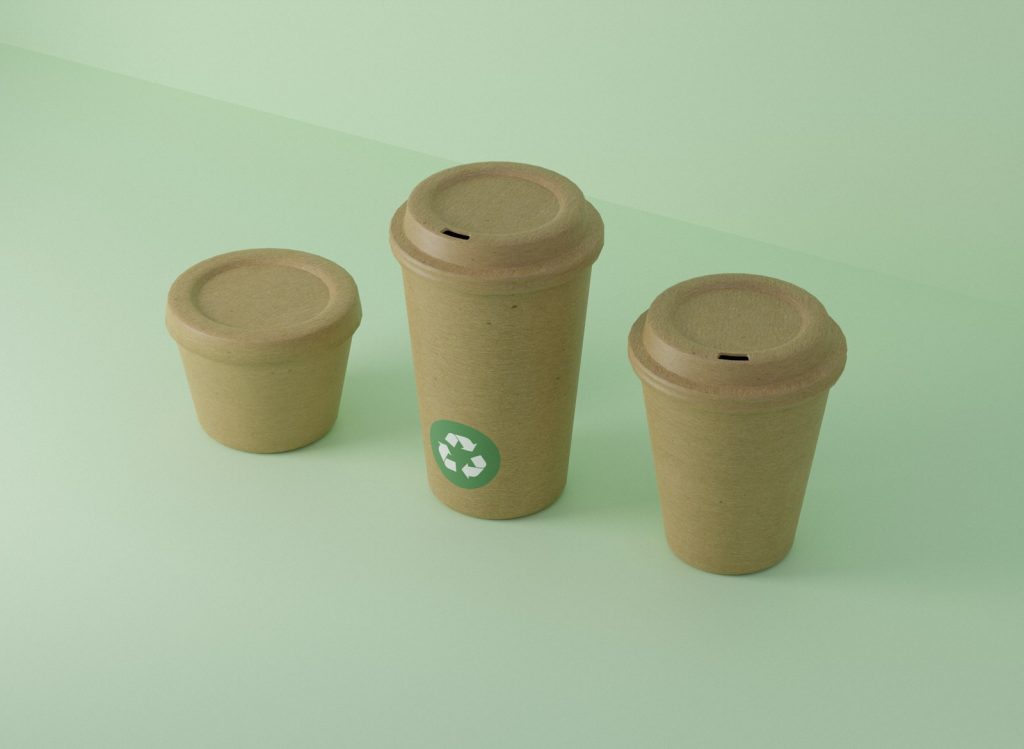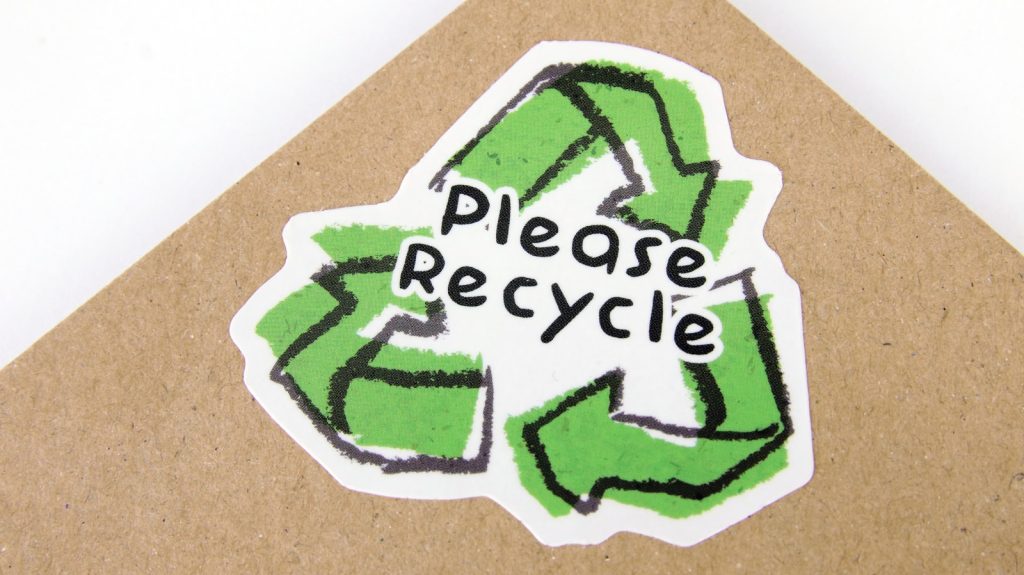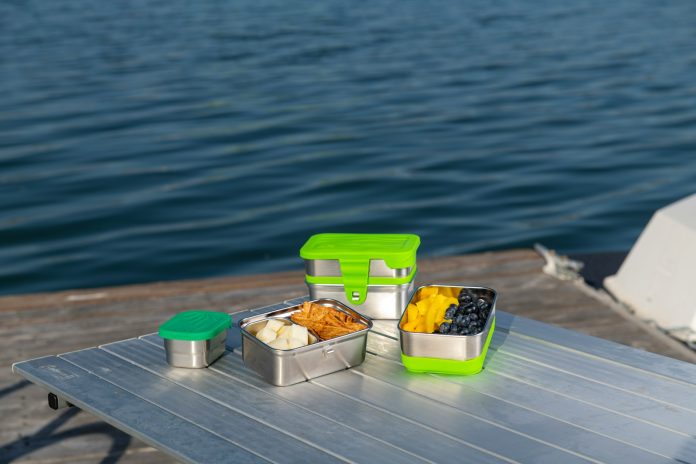As environmental awareness continues to rise, the food industry is facing increasing pressure to adopt sustainable practices. One of the most visible aspects of this change is the shift from traditional disposable packaging to eco-friendly alternatives. Choosing the right food containers not only reduces environmental impact but also reflects a brand’s commitment to sustainability, attracting eco-conscious customers.
Understanding Eco-Friendly Food Containers
Eco-friendly food containers are designed to minimize harm to the environment. They are often made from biodegradable, compostable, or recyclable materials, such as plant-based fibers, cornstarch, or recycled paper. Unlike conventional plastic containers, which can take hundreds of years to decompose, these alternatives break down naturally or can be reused, significantly reducing landfill waste.

Beyond the environmental benefits, eco-friendly containers also offer practical advantages. Many are lightweight yet durable, resistant to moisture and grease, and suitable for both hot and cold foods. This ensures that meals remain fresh and presentable, whether for dine-in, delivery, or takeout services.
Key Features to Look For
When selecting sustainable food containers, there are several important factors to consider. First, material quality is crucial. Containers made from certified biodegradable materials or responsibly sourced fibers guarantee not only environmental safety but also food safety. Heat resistance and leak-proof design are essential for maintaining the quality of the food during transport.
Additionally, versatility and size options are important. From single-portion meals to family-sized servings, choosing containers that cater to different needs can reduce waste and improve operational efficiency. Some designs even allow for portion control, making them ideal for restaurants and food delivery services that prioritize convenience and presentation.
Among various eco-friendly options, clamshell take out containers have gained popularity in the restaurant and food delivery sector. Their hinged design offers convenience and security, preventing spills and keeping food neatly contained. They are available in biodegradable materials, providing an environmentally responsible alternative to conventional plastic clamshells.
These containers are especially suitable for fast-casual eateries, catering services, and food trucks. Their compact and stackable design also helps optimize storage and transport, reducing the carbon footprint of delivery operations. For businesses, investing in such containers can enhance brand image and demonstrate a tangible commitment to sustainable practices.
Balancing Sustainability and Cost
One of the common concerns about eco-friendly packaging is cost. While these containers may be slightly more expensive than conventional plastic, the long-term benefits outweigh the initial investment. Environmentally conscious consumers are often willing to support businesses that demonstrate sustainable values, which can translate into customer loyalty and positive word-of-mouth.

Furthermore, many suppliers now offer bulk purchasing options, which can help businesses manage costs without compromising on quality. By strategically integrating eco-friendly containers into their operations, restaurants can reduce waste, streamline packaging processes, and contribute to broader environmental goals.
Future Trends in Sustainable Packaging
As technology advances, the market for eco-friendly food containers continues to evolve. Innovations include compostable coatings that enhance durability, plant-based plastics with improved heat resistance, and fully recyclable hybrid materials. These developments allow businesses to meet consumer demand for convenience while minimizing environmental impact.
Moreover, governments and regulatory bodies are increasingly implementing policies to curb the use of single-use plastics, making the shift to sustainable packaging not only ethical but also strategic. Companies that adopt eco-friendly containers early can stay ahead of regulations and position themselves as leaders in the green packaging movement.
Making the Sustainable Choice
Selecting the right eco-friendly food containers is a crucial step in the ongoing green packaging revolution. From material selection to functional design, each choice reflects a commitment to environmental stewardship and customer satisfaction. Containers, such as biodegradable clamshells, combine practicality with sustainability, demonstrating that eco-friendly solutions can meet operational needs without compromising convenience or quality.
By embracing these alternatives, food businesses can reduce waste, enhance their brand image, and contribute to a healthier planet. The green packaging revolution is not just a trend. It is an opportunity for restaurants and food providers to innovate responsibly, delight customers, and lead the way toward a more sustainable future.










